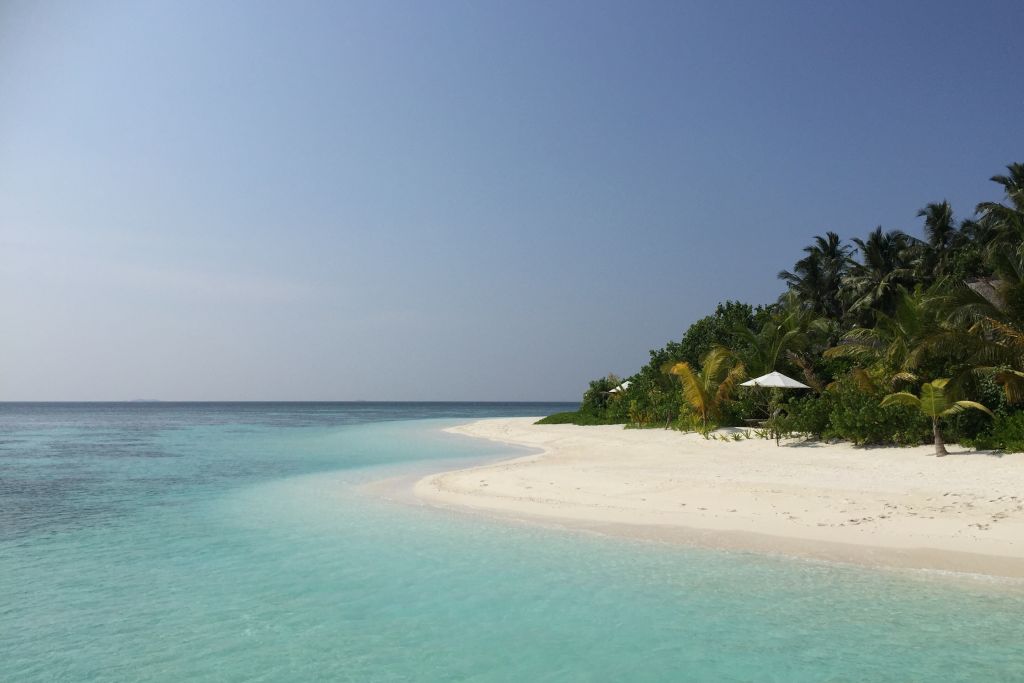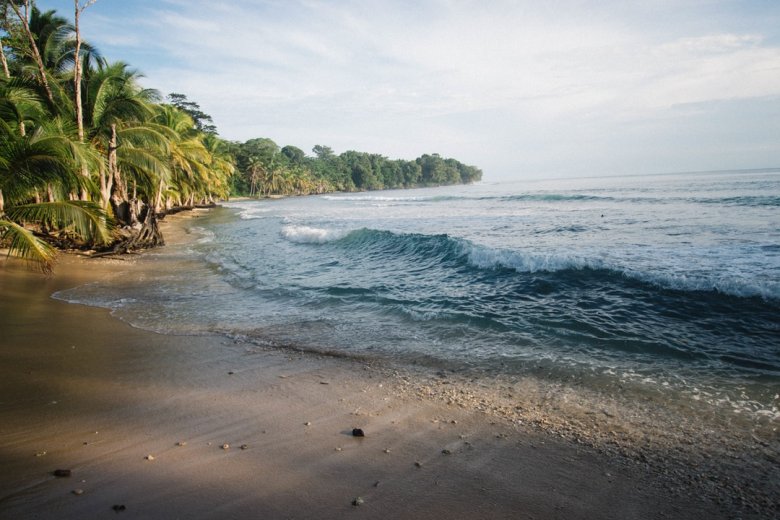Since 2001 our designers at The Travel Web Design Agency have produced literally hundreds of beautiful, bespoke websites, serving a vast array of different end users. Every website we produce is unique and specifically designed so it performs to its full potential. Ironically, such diversity actually comes from one simple rule all our designers follow:
"View the website from the customer’s perspective"
It sounds simple, but you’d be surprised how many travel websites perform poorly because they provide a substandard (or in some cases, shocking!) user experience.
Simple steps to improve the user experience (UX)
Holidays are special events which are looked forward to all year. They offer a rare but welcomed break from reality, whether it’s an action packed trip to the Alps or a sightseeing trip to the Big Apple, so the job of an effective travel website is to convert that high-value visitor on your site into a happy, paying customer.
The first crucial element of a user-friendly web design is the ease of navigation. Getting around and finding pages on your website must be a breeze. It should be extremely intuitive, allowing someone who has never visited your website before to know and be able to browse to an area of your site they are interested in within a matter of seconds.
If you offer a number of different tours or holidays on your website then they should be filterable by common factors, such as trip length, destination, price range and so on. Use your own insights here, too – are there common aspects of your tours potential travellers often ask about in advance of booking, such as the level of activity involved if you offer walking tours, perhaps? Adding these to the filter will make for a much enhanced user experience on your site and make it easier for potential customers to find the tour they’re after.
Now that they have found their tour, sell it to them. This doesn’t mean blocks of unbroken text about how wonderful the trip will be, but instead consider the powerful combination of large, high quality imagery supplemented with concise text. Additional information should be broken up into easily digestible chunks (tabbing or accordion sections can be great for this) so the visitor can quickly find the reassuring answer to any questions they may have about the trip.
Booking a tour should be simple. The call-to-action to book a tour should be clear to everyone who visits the page and the booking process itself should be completely hassle-free. It all sounds so simple, but you’d be surprised how many travel websites we’ve seen which fall woefully short in this regard. Make the booking call-to-action extremely prominent. Allow the visitor to book (not necessarily pay) online so they can book there and then. Only ask for the bare minimal of information on the online booking form (remember, you can ask for additional information afterwards). Remove all obstacles.
A professional design pays for itself
Given that holidays are high-cost, well-researched, intangible items, the majority of web users will only book on a travel website which instils a high degree of confidence. A modern, professional website reassures visitors that they are dealing with a travel company that is well resourced, trust-worthy and cares about its customers. The biggest cost to your travel business could be not having a professional web design.
When choosing a web designer for your travel website it is important to choose one which truly knows your business (from both yours and the customer’s perspective) and is proficient in the latest technologies the web has to offer. The explosion in the number of people using tablets and Smartphones to browse the web is a clear illustration of why choosing experienced, yet forward thinking web designers is vital. Here at The Travel Web Design Agency we design our websites to be mobile-friendly as standard – this mean the design automatically adapts to the screen size being used to view it, whether it be a tablet, Smartphone, laptop or desktop. A responsive design is imperative for providing a rich user experience and increasing your bookings.
To offer some insight into how implementing the above suggestions would improve your travel website, consider a website we have recently worked on. Before coming to us they had the all too common problem that most of the people who were landing on their website were “bouncing” away – or in other words, they were leaving the website almost right away! By taking time to understand the unique qualities of their travel business and the type of clients they were trying to attract, we were able to redesign the website with the target visitor’s perspective at the forefront, so the website successfully portrays the high-quality service they provide.
After the redesign the bounce rate plummeted to a mere 1 in 20, and the majority of users spend several minutes browsing the site – in other words, they are now highly engaged and making bookings!
We are The Travel Web Design Agency and we design successful travel websites.
The Travel Web Design Blog




